‘Every day’, writes the foreign correspondent Wendell Steavenson in this account of the 2011 Egyptian revolution, ‘see-sawed between joy and death.’ She covered the 18-day cataclysm and stayed on in Cairo for another 18 months to report its aftermath, filing for the New Yorker among other outlets. The title refers of course to Tahrir Square, the heart of the conflict, a place ‘shaped like a giant teardrop with a traffic circle in the centre’.
Steavenson’s previous books include The Weight of a Mustard Seed, a portrait of a Ba’athist general in Saddam’s Iraq; she also reported on the fall of the Soviet Union. In Circling the Square she artfully arranges her material over a series of short chapters, each a ‘story’, as the subtitle suggests. This creates, successfully, a spontaneous and impressionistic tone; the book reads almost like a diary.
She writes with descriptive flair. One civic building is ‘a grey toady hulk’, while an interlocutor has ‘one if those eternally beautiful Egyptian faces, cast several millennia ago from reddish Nile mud’. Throughout this engaging book Steavenson conjures the thick leaves of the ficus trees on the Zamalek Corniche; the whiff of a McDonald’s picnic on the sofa as she watches Muslim Brotherhood deputies taking their parliamentary seats on television after that party won the post-revolution election; a moon rising in a ‘lavender sky’.
With the journalist’s instinct for quotes, she allows Egyptians to speak for themselves. ‘At least we tried,’ says one middle-class young man; ‘not like our parents, who have done nothing for 30 years and watched Egypt stagnate into this mess.’ Steavenson is good at the lightening character sketch. Here’s one of a female lawyer: ‘After 20 years of handling internecine property disputes, Akila Mohammed had ceased to be shocked by the nefarious.’
The long haul of a book allows an intelligent reporter to acknowledge the impossibility of writing ‘the truth’; the form is suited to the ambiguity at the heart of everything. Again and again Steavenson describes the foreign correspondent’s difficulty in making sense of something as it is happening, without the hindsight of history.
She has been compared — by her friends, I suspect — to Martha Gellhorn. At her best, she almost reaches that high bar. She’s not angry all the time as Gellhorn was. Nor is she a bad girl, as Gellhorn was (‘I want to be hell on wheels, or dead,’ she said). And she’s rarely alone on the hack’s beat, tending to pair up with someone else — another reporter, perhaps, or a committed Egyptian.
The book is illustrated copiously and rather wonderfully with images of graffiti that sprang up after Mubarak fell: fists and hammers and attacks on corporatism such as Vodamoan. ‘The images told the story of the revolution and memorialised its protagonists and its martyrs,’ the author writes. ‘I wanted to use them in this book to illustrate a visual narrative that was being sprayed and played with on Egyptian walls.’
On the first anniversary of the conflict she marches, with several hundred thousand others, ‘in high holiday mood’. But revolutionary ideals quickly went up in smoke. A week later she dons a 5lb plastic gas-mask and sets off with her interpreter to investigate the murder of 74 football fans while police stood by.
Failure was inevitable. As Steavenson points out, in trying to shape a new country after the 18 days, ‘no politician or party ever discussed publicly what their constitutional policies were’. She continues: ‘New rules were grafted onto precedent — what had always happened in the past — and this made a hobbled creature, lacerated with lawsuits and bandaged with spur-of-the-moment compromises.’ Nicely put. Egypt is a failed state, and worse.
This is not the first book to chart the revolution from a foreigner’s point of view. What marks it out is the author’s interest in, and compassion for, those ‘ordinary’ people who live and die at the mercy of their ghastly politicians. A boy featuring in one of Steavenson’s stories is the embodiment of this: ‘Thin and fragile as a baby bird,’ he was alone on the streets. Lifting his shirt, he showed a long scar around his abdomen, ‘and quite matter-of-factly said that was from when they stole his kidney.’
Got something to add? Join the discussion and comment below.
Get 10 issues for just $10
Subscribe to The Spectator Australia today for the next 10 magazine issues, plus full online access, for just $10.
Available from the Spectator Bookshop, £11.99 Tel: 08430 600033
You might disagree with half of it, but you’ll enjoy reading all of it. Try your first month for free, then just $2 a week for the remainder of your first year.

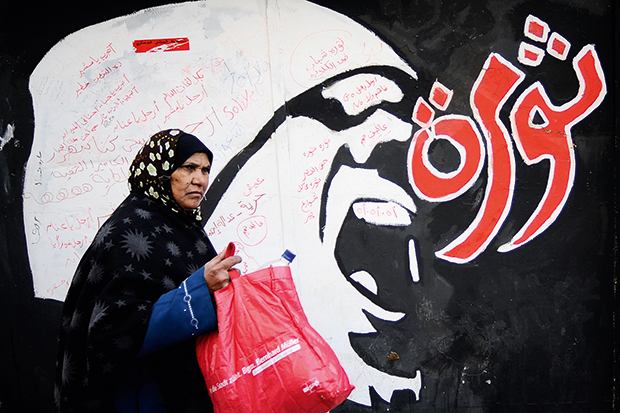
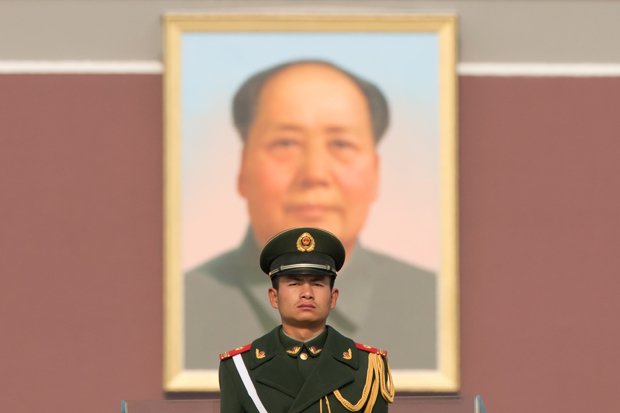
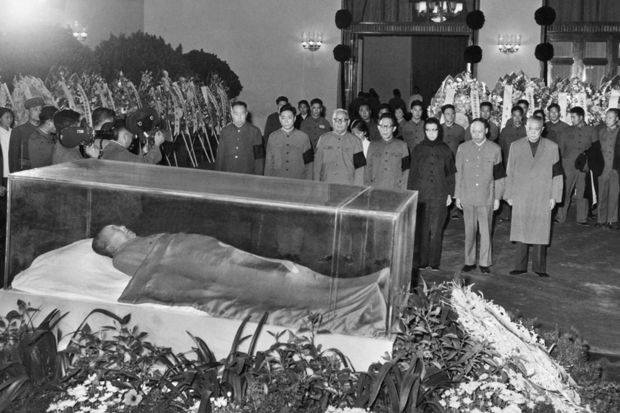
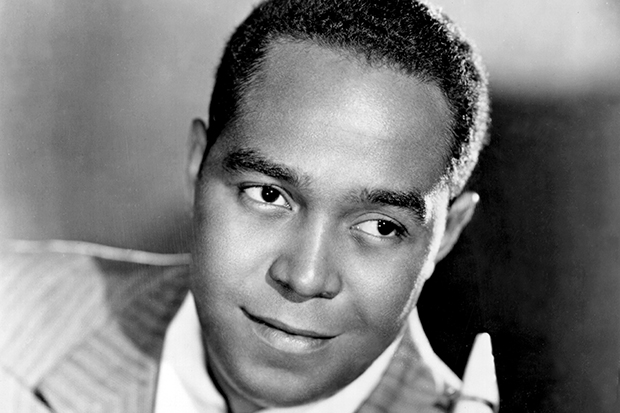
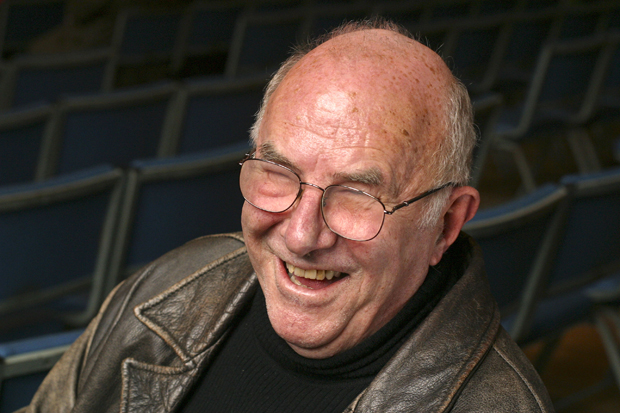

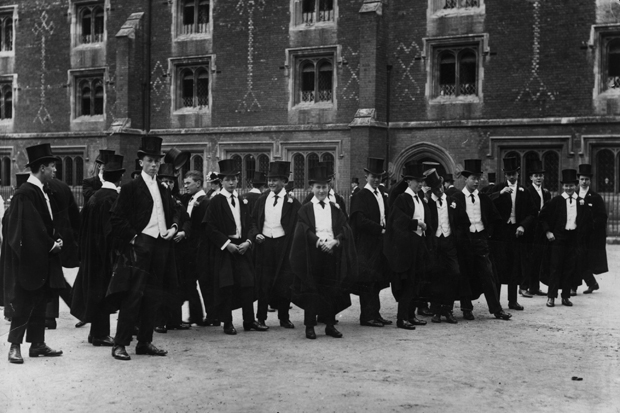






Comments
Don't miss out
Join the conversation with other Spectator Australia readers. Subscribe to leave a comment.
SUBSCRIBEAlready a subscriber? Log in